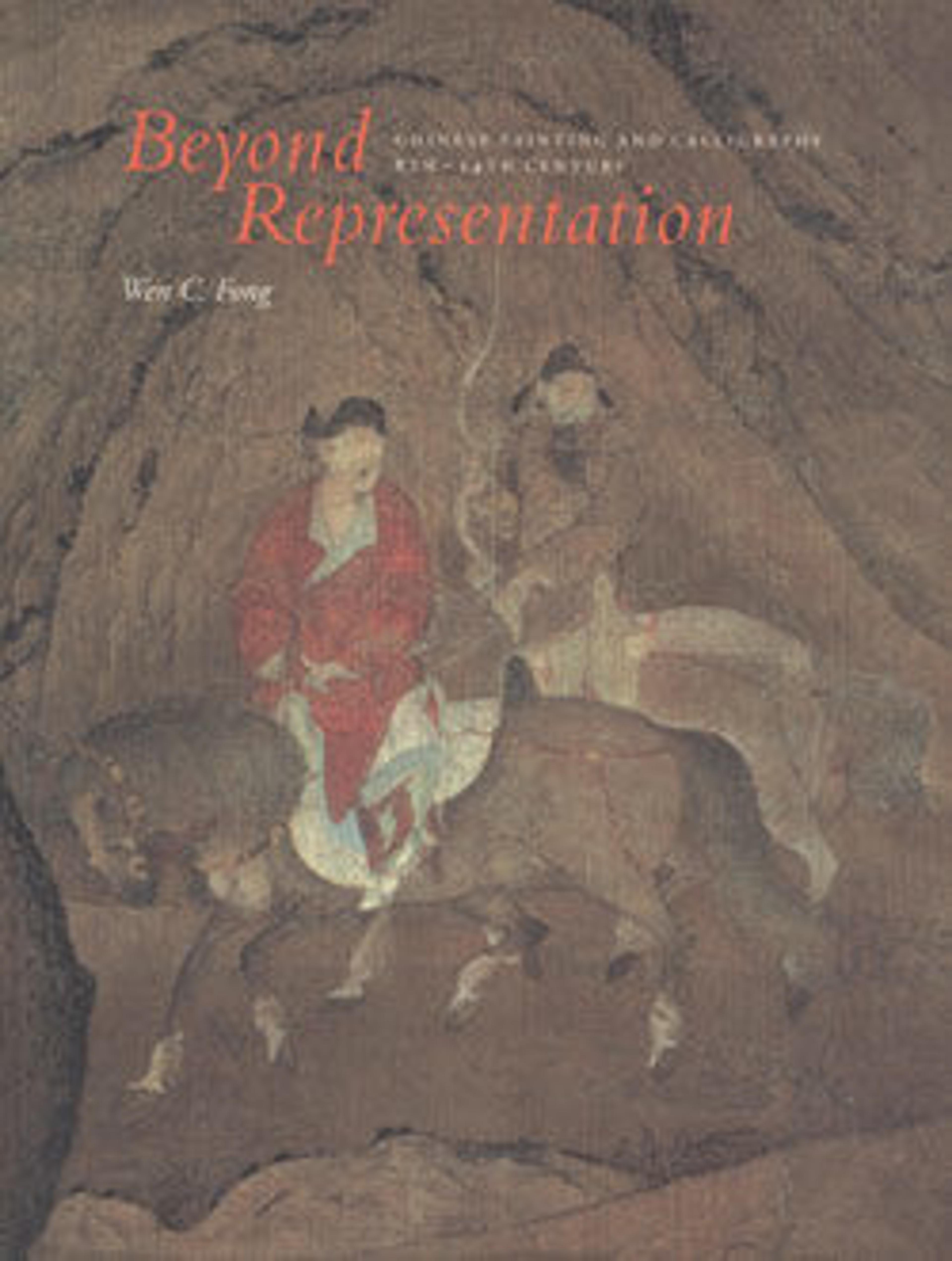Spring Dawn over the Elixir Terrace
To escape the turbulence of the closing years of the Yuan dynasty, Lu Guang traveled far from his native city of Suzhou. He painted Spring Dawn after his return to the Lake Tai area, following the establishment of the Ming dynasty in 1368. The reference to the Elixir Terrace in the title of the painting indicates the artist's interest in both Daoist alchemy and the pursuit of immortality; the poem, which describes "elixir rays emitted from a well turning into [auspicious] clouds at dawn," expresses Lu's optimism in the new era. In the city of Wuxing in 1369, Lu Guang saw and inscribed an important painting attributed to Yan Wengui (act. ca. 980-1010). Although Spring Dawn, which was painted about the same time, shows the influence of Yan Wengui's monumental composition, Lu Guang's brushwork is utterly different from the Northern Song descriptive style. The loosely directed kinesthetic brush-strokes, building layer after layer upon themselves, evoke landscape forms as might a tone poem.
Artwork Details
- 元 陸廣 丹臺春曉圖 軸
- Title:Spring Dawn over the Elixir Terrace
- Artist:Lu Guang (Chinese, ca. 1300–after 1371)
- Period:early Ming dynasty (1368–1644)
- Date:ca. 1369
- Culture:China
- Medium:Hanging scroll; ink on paper
- Dimensions:Image: 24 1/4 x 10 1/4 in. (61.6 x 26 cm)
Overall with mounting: 87 1/2 x 17 5/8 in. (222.3 x 44.8 cm)
Overall with knobs: 87 1/2 x 20 5/8 in. (222.3 x 52.4 cm) - Classification:Paintings
- Credit Line:Ex coll.: C. C. Wang Family, Edward Elliott Family Collection, Purchase, The Dillon Fund Gift, 1982
- Object Number:1982.2.2
- Curatorial Department: Asian Art
Audio
7419. Spring Dawn Over the Elixir Terrace, Part 1
0:00
0:00
We're sorry, the transcript for this audio track is not available at this time. Please email info@metmuseum.org to request a transcript for this track.
Listen to more about this artwork
More Artwork
Research Resources
The Met provides unparalleled resources for research and welcomes an international community of students and scholars. The Met's Open Access API is where creators and researchers can connect to the The Met collection. Open Access data and public domain images are available for unrestricted commercial and noncommercial use without permission or fee.
To request images under copyright and other restrictions, please use this Image Request form.
Feedback
We continue to research and examine historical and cultural context for objects in The Met collection. If you have comments or questions about this object record, please contact us using the form below. The Museum looks forward to receiving your comments.
